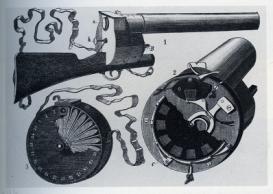In a bestselling book on his hunting expeditions in East Africa, first published in 1903, Carl Georg Schillings lamented the decline and extinction of wild animals. In Schillings’ view, something had to be done immediately. “I want to raise my voice,” he declared, “in order to involve all who have the power to do so, to save and to protect, what still can be saved.” By this he meant two things: “either the eventual preservation of the still existing treasures, or an immediate and intensive collection of exemplars of the single species for our places of popular knowledge, the museums.” Schillings went on to report with pride that he had endowed museums with animals of species that had by then been “crossed out from the book of life.”
How can we make sense of this strange advice to shoot endangered species in order to “save” and to “protect” them? This project conducted research into the emergence and transformation of concern for the conservation of wild birds in Great Britain and Germany from its beginning in the late eighteenth century to the present. The major focus of inquiry was on the work of the first voluntary bird and wildlife conservation organization in each country, the Royal Society for the Protection of Birds (1889) in Great Britain and the Bund für Vogelschutz (1899) in Germany. The work of these organizations was embedded in the major currents in developments in natural history museums and nature reserves, professional ornithology and amateur birdwatching, and the changing role of birds in forestry, agriculture, and gardening. The project investigated if differences in bird conservation between Great Britain and Germany up to the present can be explained by these different contexts of origin and their historical trajectories. In specific terms, it asked the question to what extent the statement of Carl Georg Schillings quoted above is not the opposite of the contemporary concern for conservation, but this very concern in the making.

